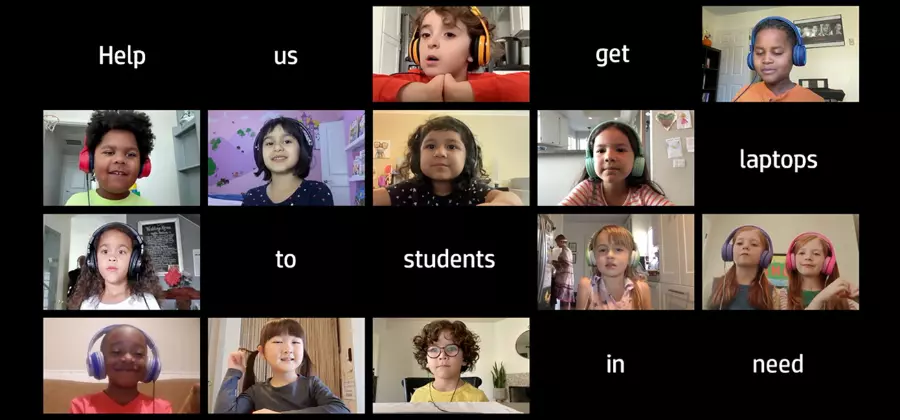As the new school year begins, students and teachers across the country are returning to a patchwork of possibilities — attending school in person, all-remote learning, or a hybrid approach, with some students at home and others at school. It’s unchartered territory for everyone — parents struggling to help their kids learn at home, teachers navigating learning platforms, and students adapting to this new reality. And those facing the biggest challenges: families without Wi-Fi, laptops, and PCs at home.
“Students without high-quality connectivity and devices are facing an uphill battle in accessing educational resources and connecting with teachers,” says Amina Fazlullah, digital equity counsel for the nonprofit Common Sense Media. “Everyone’s feeling trepidation about the new school year and what this model of learning will look like.”
Fazlullah and her team have been collecting stories from parents and teachers across the country about how a lack of access to technology is affecting student learning. For example, in St. Joseph, Missouri, high school students without internet access at home traveled to fast food restaurants to tap into Wi-Fi for class. In Montgomery, Alabama, children waited at home for their parents to return from work to jockey for use of a single device to complete their schoolwork. Meanwhile, the 15-year-old daughter of a single, working mom in Los Angeles did homework on a smartphone because her family didn’t have money for a laptop or Wi-Fi.
“Education is supposed to be equal, but right now it is shouting in our faces how much it is not,” says an elementary teacher in Marysville, California, just one among a sea of voices expressing concern about how the pandemic is widening the already deep digital divide, exacerbating the glaring racial and income inequalities in education, nationwide and globally.






1?$square$&wid=360&hei=360&fmt=webp)

-2?$square$&wid=360&hei=360&fmt=webp)